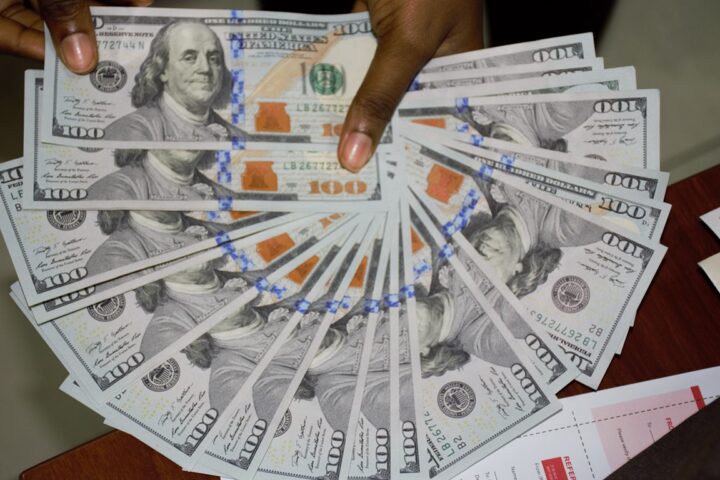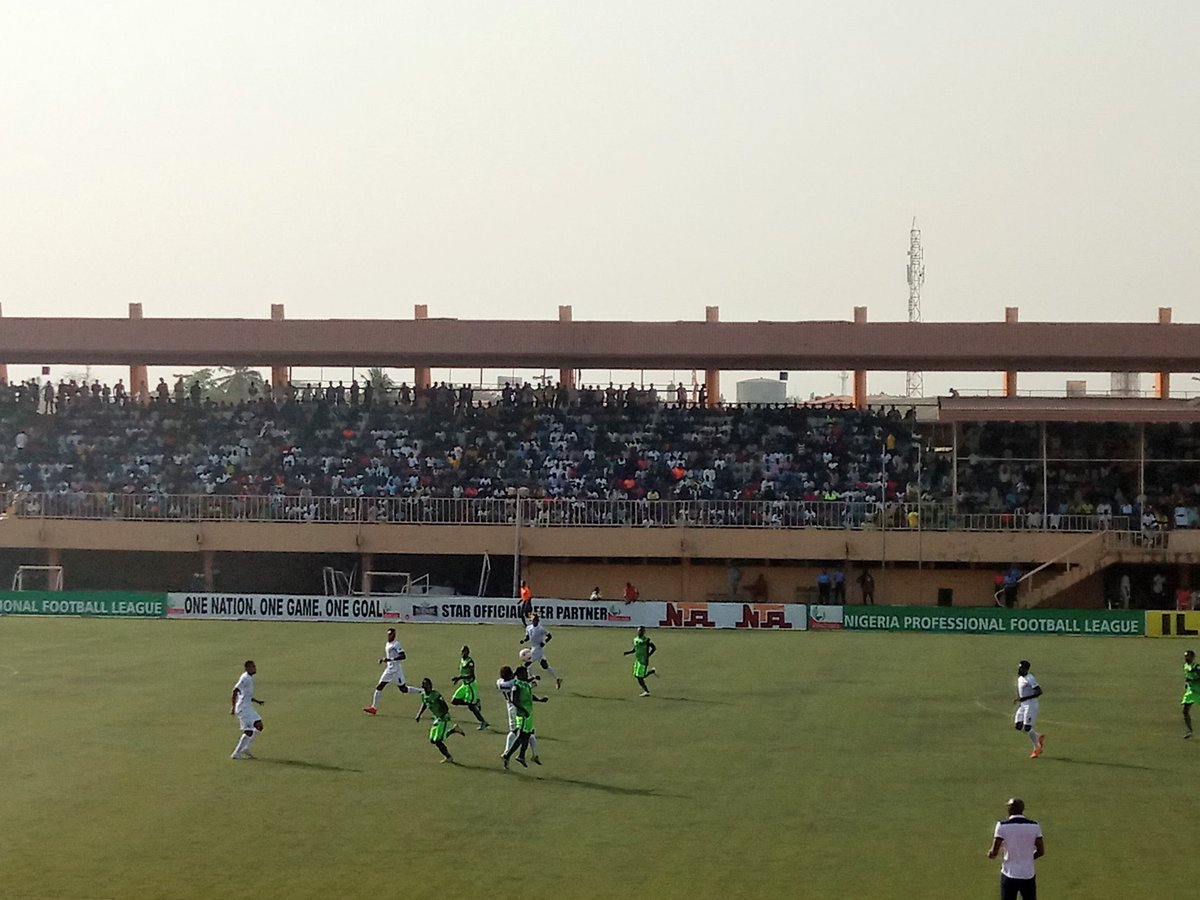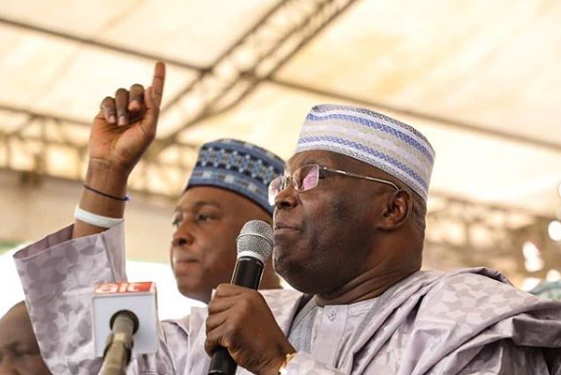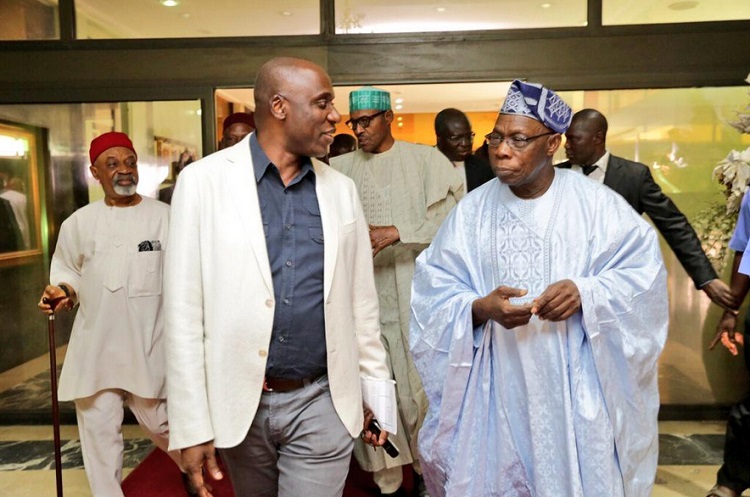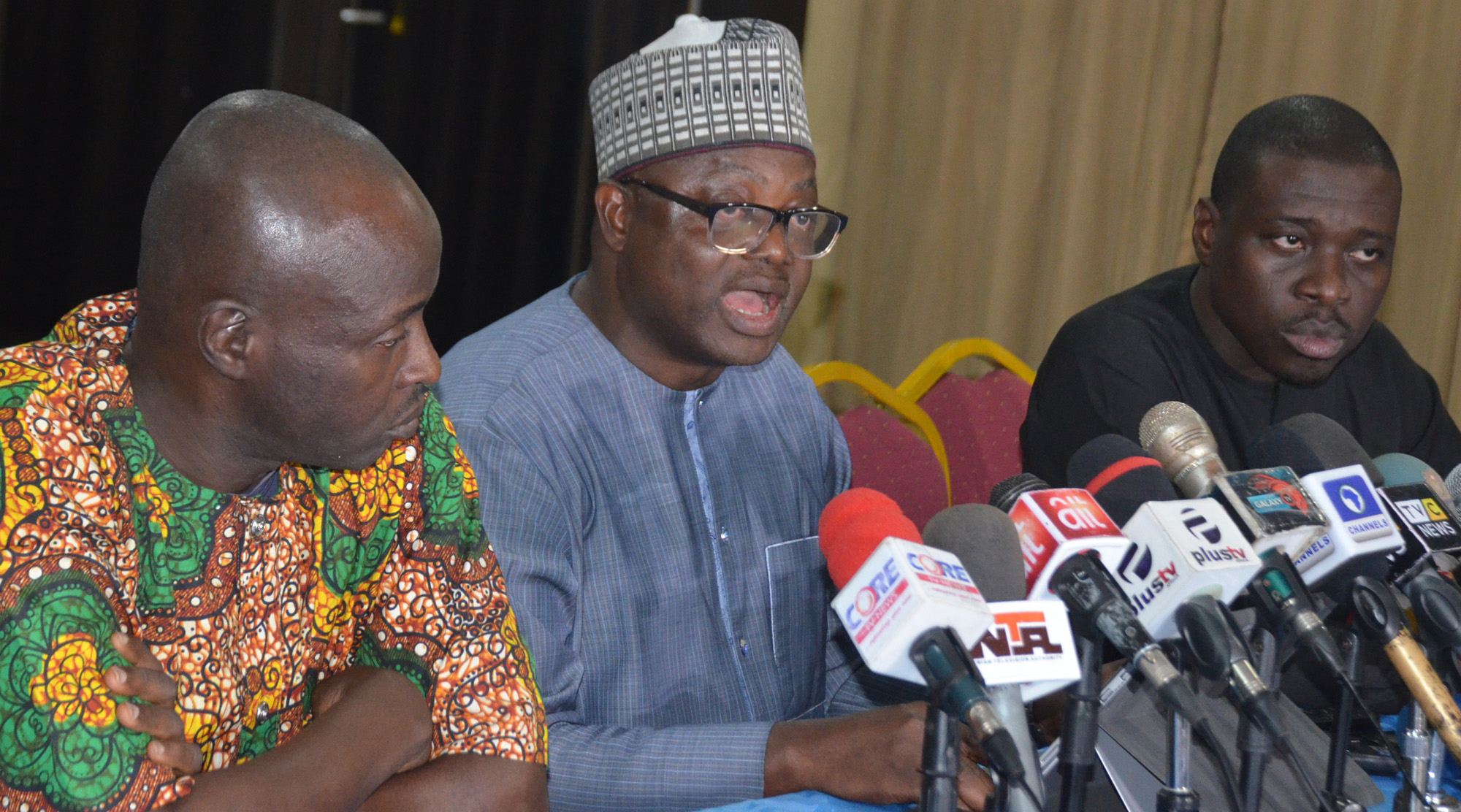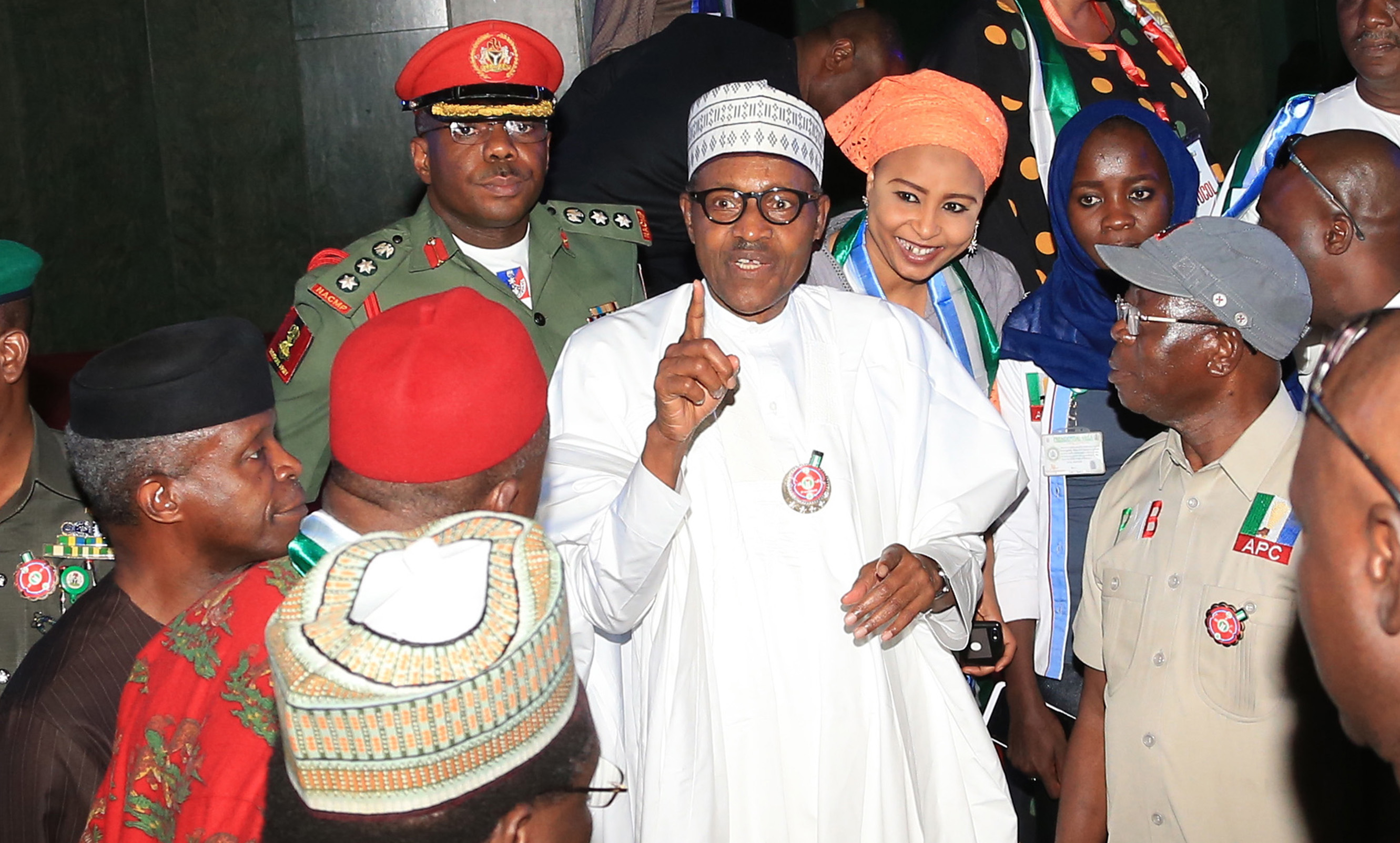BY SALISU NA’INNA DAMBATTA
There was a triumphant mood in the Central Bank of Nigeria (CBN) in particular, and the wider national financial sector in general when it came to light that Nigeria’s foreign exchange reserves stood at a solid $43.230 billion.
This was despite shedding US$18.55 million between the last trading day of 2018 and the first trading day of 2019. The reserves grew from $41.990 billion in November 2018 to the celebrated $43.230 billion by January 1, 2019. It is the highest for January in six years and therefore worthy of celebration.
The amount was that much despite the current volatility in the price of Nigeria’s blend of crudes, the main earner of the country’s income in hard currency.
Advertisement
Currently, oil prices have been drifting around US$50 per barrel, while the country’s central bank regularly injects an average of US$210 million to meet the foreign exchange needs of importers and payments for services.
Each Bureau de Change (BDC) is now allocated $75,000 weekly, instead of the previous $40,000 to ensure the stability of the market.
However, to ensure accountability and strengthen transparency, a letter from the CBN to the BDC dated December 20, 2018, says that every BDC is expected to submit an audited annual financial statement, giving details of its sales of the foreign exchange it bought from the CBN, the one it bought from autonomous market, total forex sold in US dollars translated to Naira and the total commission earned.
Advertisement
The regular foreign exchange injection by the CBN was an element of its policy aimed at stabilizing the value of the Naira. The CBN Governor, Godwin Emefiele, said in Indonesia during the International Monetary Fund (IMF) and the World Bank Group’s annual meeting in October 2018 that preserving the value of the Naira was paramount while building foreign exchange reserves is the ultimate goal.
The spokesperson of the CBN, Mr Isaac Okorafor, emphasized that the regular foreign exchange intervention was aimed at “sustaining the high level of stability in the forex market and continually ease access to hard currency by customers in the different sectors.”
In fact, the CBN’s deliberate policy of foreign exchange supply was reported to have gone up by 118 per cent, reaching $48 billion in 2018. It was less than half of that sum in 2017 at $22 billion.
About $16 billion of the $48 billion went into the settlement of matured forward contracts and the outflow caused by Foreign Portfolio Investors (FPIs) shifting their capital to take advantage of other markets in the world.
Advertisement
Indeed, the CBN regular intervention can be said to have achieved its goal of keeping the exchange rate at well below the over N506 low it touched per US dollar in February 2017, a situation that caused a serious uproar and possibly aggravated the recession that retarded Nigeria’s economic growth for most of that year.
One other policy that contributed in building the foreign exchange reserves to that level and yet protected the Naira against rapid depreciation against other currencies was the exclusion of access to foreign exchange for the importation of 41 items. Fertilizer was included in December 2018 to increase the items to 42.
The inclusion of fertilizers among the items not valid for foreign exchange by a CBN circular of December 10, 2018, has raised some eyebrows as it is seen as capable of impeding crop production and over time reversing the success of the much-praised Anchor Borrowers’ Scheme being driven by the apex bank. The inclusion of fertilizer, honestly, requires a vigorous communication to properly explain its objectives to farmers who now largely misconstrue it as unexpected and possibly detriment to their interest.
At the time the CBN clarified that the importation of the items was not banned, but only that importers of those goods are no longer qualified to buy foreign exchange from the CBN or the official foreign exchange market to import those items. Doubtlessly, the measure contributed to reducing the pressure on the exchange rate of the Naira against other currencies.
Advertisement
The 10-page revised guidelines for the operation of the Nigerian inter-bank foreign exchange market issued on June 15, 2016, also had a sobering impact on meeting the CBN’s objectives of “enhancing efficiency and facilitating a liquid and transparent, Foreign Exchange (FX) market.”
The strict monitoring aspect of how the foreign exchange dealers, especially banks, sell it to end users in the guidelines, contributed to sustaining the value of the Naira. Banks have to publish the names of individuals and corporate bodies that bought hard currencies from them as part of the transparency regime in foreign exchange trade.
Advertisement
The record of Nigeria’s foreign exchange reserves presents a fascinating scenario which reflects the fortunes of the country at different times and the variables that influence its accretion or erosion.
Suffice it to report that at a stage Nigeria was so low at foreign exchange reserves that it could boast of only US$63.22 million in June 1968. However, 40 years later, it reached an all-time high of US$62.08 billion in September 2008.
Advertisement
But as it is today, there was no clear breakdown of the composition of the amount in the forex reserves both 1968 and 2008. The question is, is it in cash accessible by the CBN or just paper, Gold, Special Drawing Rights with the IMF that can hardly be utilized by the CBN?
Besides protecting the value of the Naira and growing foreign currency reserves for the country among other functions, the CBN pays 80 per cent of its operating surplus to the federal government.
Advertisement
In 2017 for instance, the CBN made such payments in the sum of N50.613 billion, being 80 per cent of the net income of N70.17 billion for that year. That remittance was in line with the provisions of the Fiscal Responsibility Act 2011, which says that 80 per cent of the net income will be paid to the federal government.
Add a comment
